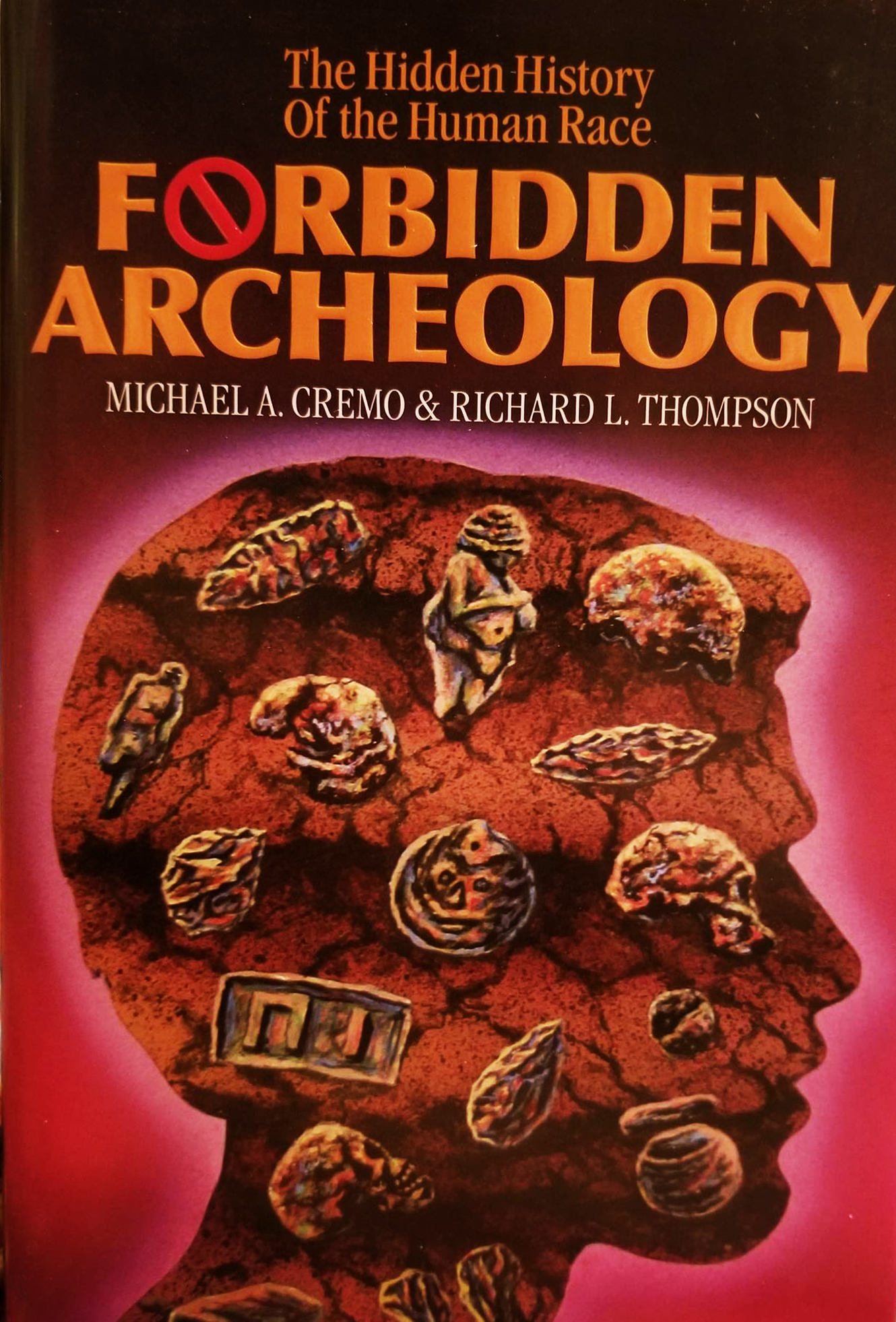

It's over 900 pages long and reads like an encyclopedia. This book is absolutely fascinating, but it is not something you can pick up and thumb through. The reason the vast majority of scientists agree that we've been on earth less than that is because that's what all the evidence points to.īefore you let yourself get swept away by Michael Cremo's tidal wave of horseshit, just do yourself a favor and see how mainstream science has addressed his claims. His idea that there is some massive cover-up to keep the idea that humans have been on the earth for millions of years is ridiculous. People who are convinced by this are most likely people who have a problem accepting the Theory of Evolution in the first place, scientifically illiterate people who haven't taken a science class since high school. That's the same tabloid you see in the supermarket aisle with headlines about aliens and Bat Boy. Cremo actually uses the Weekly World News as a source in the book. Honestly it's an interesting book to read (hence the 3 stars), but it's complete bullshit.

I read it before going to college and actually learning science, and being the young and uneducated dipshit that I was, it convinced me. Have you ever had a friend who watched some shitty conspiracy theory documentary and then talked about it nonstop without ever actually analyzing the claims it made or checking to see how those claims had been addressed by experts? That was me when I first read this book.

Slotaġ992 "The Age of the Calaveras Skull: Dating the "Piltdown Man" of the New World" Indeed, all Cremos claims have been addressed by the academic community, including using absolute dating methods to place these artifacts and bones, derived from "use-related secondary context", in their proper historical context. For example, the Calaveras skull, alleged to be hundreds of thousands of years old, was dated to 1000BP by radiocarbon dating methods (Taylor et al 1992). I am surprised by the plethora of uncritical readers in this forum. Cremo takes examples of archaeological artifacts and bones that are out of "insitu" context and makes fantastic historical claims regarding these specimens. Both the former and latter laws of archaeology must be satisfied to make any conclusion at all. He also fails to connote the "principal of association". Cremo sets out misinforming the reader about archaeological and geological site formation, confusing the "principle of stratigraphy" (superposition) with stratification. This book is a classic example of both a "strawman arguement" and a "red herring". Michael Cremo has set archaeology back more than 100 years.


 0 kommentar(er)
0 kommentar(er)
